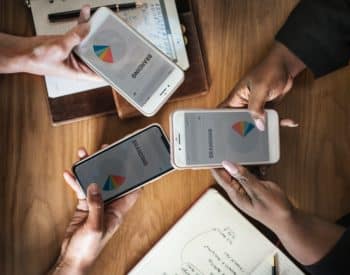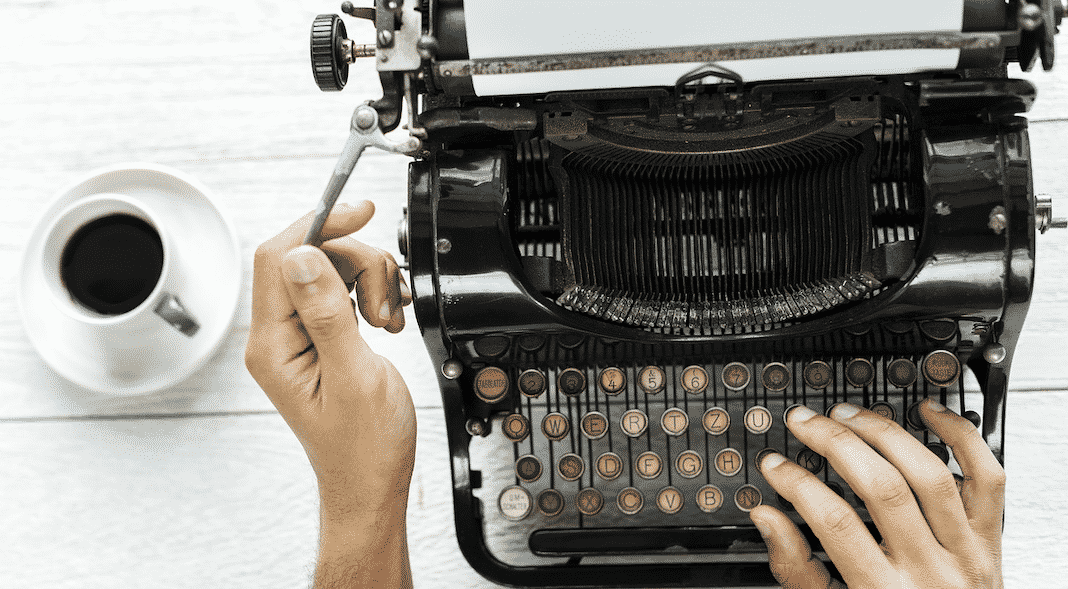Battling Plagiarism 3.0
The next wave of plagiarism won't be as easy as the current...

For most of history, the battle against plagiarism was fairly unmoving.
Though plagiarism certainly happened, it was a laborious affair where a plagiarist would first have to discover a work to plagiarize, then copy it (often by hand) and then present it as their own.
Plagiarism detection was equally laborious. As an episode of Cheers highlighted in 1986, spotting plagiarism often required either extreme good fortune or insane amounts of research.
The internet and modern computing, however, changed all of that. Plagiarism became easier and it went from a laborious tool to overcome shortcomings to a shortcut to avoid laborious tasks.
This began Plagiarism 2.0. A period where technology enabled new kinds of plagiarism and new uses for it. It was, in many ways, a golden age for plagiarism. While there’s huge debates as to how much plagiarism actually increased, there’s little doubt that it became easier to perform but not always much easier to catch.
However, what technology can give, technology can take away. The rise of plagiarism detection services, including Turnitin, Unicheck, SafeAssign, CopyScape and more, made internet-based plagiarism risky. This led to a cat-and-mouse game where students and writers would try to fool such systems and the systems would move to adapt.
For many, that risk became too high. As detection technology improved and became more widespread, plagiarists had to turn to others methods. That has come to define plagiarism 3.0: An approach to plagiarism that aim to defeat technology by reviving old tactics.
Defining Plagiarism 3.0

Plagiarism 3.0 is the direct response to the widespread adoption plagiarism-detection services. It’s an attempt to defeat those systems through a variety of means.
The most common being employed is contract cheating. Though essay mills have been around for decades, they have made a resurgence in recent years as evidenced by spam Twitter accounts and by attempts to legislate their activity.
However, essay mills themselves are only a part of the problem, likely a small part. Most contract cheating is much more personal and much less formal. It’s more about students working with one another rather than simply buying essays of the internet.
This hasn’t even been limited to academia. The recent Vogue Ukraine plagiarism scandal involved a prominent editor paying a freelancer to write her columns.
However, as with most plagiarism, academia remains ground zero for the fight. Still, it isn’t limited to just contract cheating. Automatic paraphrasing has made a comeback and students are continuously searching for material that exists outside of the reach of plagiarism detection services.
The goal is to defeat plagiarism detection services by doing one of the following things:
- Using work that is original but was not written by the author.
- Rearranging copied work so that algorithms can’t detect it (this is the least effective).
- Using work that is not in the databases of the checking services.
While these are still relatively new and growing problems, it is clear that editors and instructors need to get ahead of these issues if they want to avoid a repeat of the early days of the internet.
However, fighting this shift is going to prove very difficult as there is no singular solution.
Battling Plagiarism 3.0
Plagiarism 2.0 was a technological problem that was largely counteracted by a technological solution.
Plagiarism 3.0 isn’t a technological problem, at least not wholly. It’s a combination of antiquated techniques that have been given a modern twist, such as online essay mills, and tools to try and defeat the solutions that countered plagiarism 2.0.
In short, technology alone cannot solve it.
That’s not to say that technology won’t be a part of the solution. Turnitin is teaming with universities to create a new Authorship Integrity tool that can detect changes in a student’s writing. Instead, it’s to say that technology alone won’t be the answer.
Instead, any response is going to require multiple approaches and attacking the issue from a variety of angles including:
- Policy: Strict zero-tolerance policies on plagiarism likely encouraged the rise of this new form of plagiarism. Shifting to a more educational and nuanced approach can help nurture student writing and discourage turning to plagiarism.
- Legislation: Though essay mills most likely represent only a small fraction of contract cheating, their role in normalizing the behavior is much greater. Legislation to target these services can help discourage the practice but it will have to be international in nature to have any impact.
- Technology: Technology improvements that can detect authorship rather than copied text can be a huge asset. Contract cheating may produce original text (though not always) but it won’t likely produce text that sounds like the supposed author.
- Better Assignments: Crafting plagiarism-resistant assignments makes it more difficult for students to plagiarize at all, even with the aid of an essay mill.
- Improved Education: Universities, even in 2018, often do a poor job about teaching students about citation and attribution. There’s often an assumption that such skills are learned earlier, even if they clearly aren’t.
This time around, fighting plagiarism isn’t simply about building a better mousetrap. Instead, it’s about building an environment that makes plagiarism both less desirable and more difficult. Technology will play a role, but more fundamental change will also be necessary.
This is not a new idea. It’s been preached for years by many in academic integrity and that includes many plagiarism detection services. However, with the changing landscape of plagiarism, this need goes from a hypothetical to a very practical reality.
In short, the next wave of plagiarism is going to look very different and there are no quick fixes coming.
Bottom Line
Plagiarism, like everything else, is going to evolve and change. It’s whether it grows or not that is the question.
The next evolution of plagiarism is going to be driven by the previous evolution of combatting plagiarism. Unfortunately, this next evolution does not appear to be one that we can trivially program our way out of. Technology can help, but it won’t win the fight alone.
There’s never been a better time for universities (as well as editors and publications) to take action to make their environments more hostile for plagiarism and encourage proper citation.
If they fail to do so, they might find themselves in a position where no paper can be trusted and good grades not to those who put the work in on the assignment, but into getting away with plagiarism.
Disclosure: I am a paid consultant/blogger for Turnitin.
Want to Reuse or Republish this Content?
If you want to feature this article in your site, classroom or elsewhere, just let us know! We usually grant permission within 24 hours.
